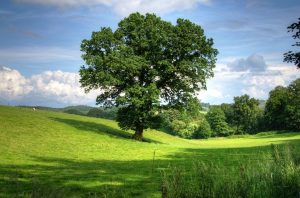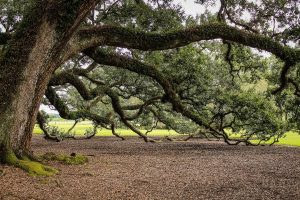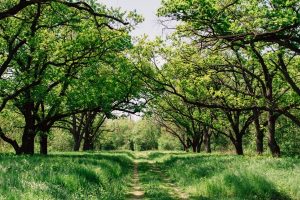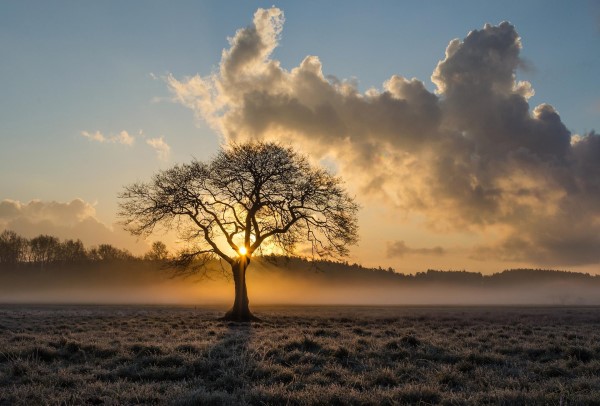By Ron Allen, UC Master Gardener, Mariposa County
Right now we are in the midst of extreme, widespread drought. One telltale indication is that oak trees in Mariposa County are dropping their leaves.
What should one do?
It’s a good time to review proper oak tree care during dry spells. You don’t need to do much, but you should avoid basic mistakes. Here are some guidelines.
Avoid disturbing the ground within 6 feet of the trunk; the roots here are particularly sensitive. Keep all other plants, even potted, more than 6 feet away.
Oak surface root systems extend about 30% beyond the dripline. In this critical root zone (CRZ), don’t add surface fill, adjust grade, or allow surface structures (retaining walls) that trap water. Some low-water native California plants are OK, if located away from the trunk.
Don’t drive vehicles onto the CRZ; this compresses the soil and hurts the roots.
It is generally a mistake to water established oak trees during dry spells; this promotes fungi growth that can hurt or kill a tree.
The blue oak, in particular, drops its leaves early during drought. The tree conserves its water resources with this survival mechanism.
Some studies have shown that native California oaks can benefit from summer watering. But this must be done selectively, carefully, and infrequently for a prized oak tree.
Beginning 10 feet from the trunk, water slowly and deeply (to about 3 feet) the rest of the CRZ. Don’t water again for at least a month. Do this only two or three times during the summer.
If possible, postpone oak pruning until cold weather. Prune dead and dying branches as needed, but don’t prune healthy branches over one inch in diameter. Never prune more than 20% of the canopy at one time.
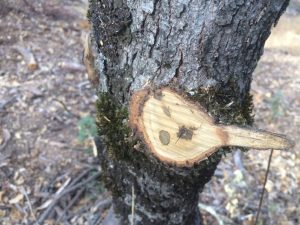
A poor cut removes some bark from the trunk on the left and leaves a stub of branch wood to the right.
Apply a thin layer of coarse mulch — oak or pine chips — an inch or two deep, beneath your oak trees. This keeps the roots cool, suppresses competing weeds, and replicates the protective leaf mulch layer that oak trees establish in nature.
Follow these practices and your household oak trees will do well during hot, dry months.
Trees out on the landscape can generally be left alone. They have been there a long time, and without any intervention, they will be there a lot longer.
About UC Master Gardeners of Mariposa County
UC Master Gardeners of Mariposa County are located at 5009 Fairgrounds Road, Mariposa. For more gardening and event information, visit their website or Facebook page (UC Master Gardeners of Mariposa County).
UC Master Gardeners staff a helpline serving Mariposa County, including Greeley Hill, Coulterville, and Lake Don Pedro. Please contact them at 209-966-7078 or via e-mail at mgmariposa@ucdavis.edu.
Listen to them on the radio at KRYZ 98.5 FM on Wednesdays at 2 p.m and Saturdays at 5 p.m.


